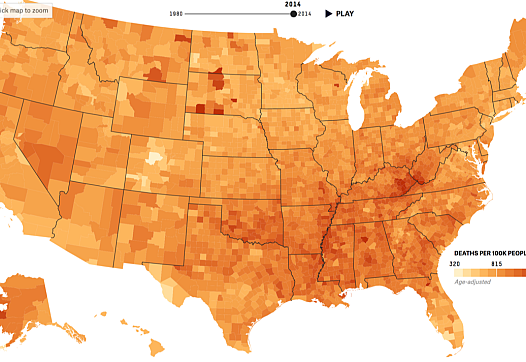
A FiveThirtyEight reporter on how she tackled an ambitious series on a huge, overlooked health crisis.

A FiveThirtyEight reporter on how she tackled an ambitious series on a huge, overlooked health crisis.
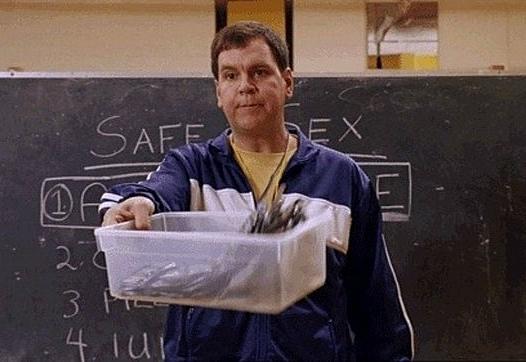
Mackenzie Mays is a reporter for the Fresno Bee. Her series on teen pregnancy and sex education was done as a fellow with the USC Annenberg Center for Health Journalism....
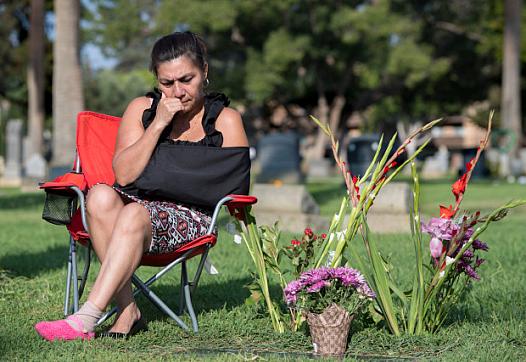
Those who work for Gang Victim Services are on call to detectives 24 hours a day, seven days a week. They often are the first to tell parents their son or daughter is dead.
![[Photo by Bradley Gordon via Flickr.]](/sites/default/files/styles/teaser_list_thumbnail_large/public/title_images/unnamed_146.jpg?itok=k2xAsmO8)
“Have a plan, but expect to ditch it,” a news mentor drilled into my head 25 years ago. “If you’re well prepared but open to wherever the story leads you, the journalism gods will reward you.”
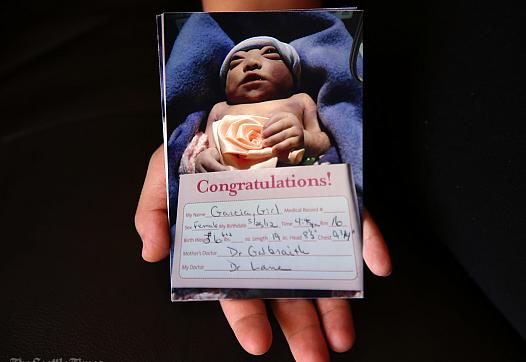
A mysterious cluster of rare, fatal birth defects has devastated families in three rural counties in Washington state. JoNel Aleccia of The Seattle Times shares key lessons from how she reported her award-nominated fellowship series.
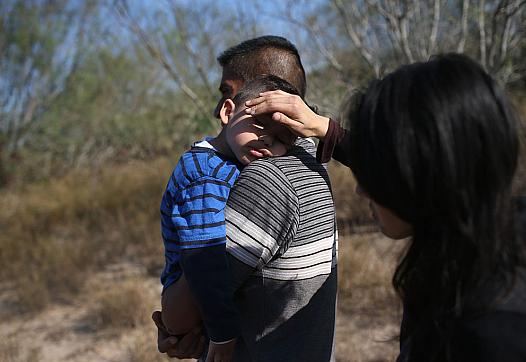
A psychiatrist who has studied migrant and refugee children around the world points to one powerful protective factor against tremendous adversity — social connections.
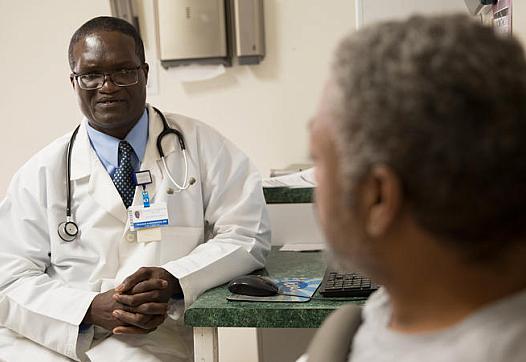
This report was produced as a project for the Dennis A. Hunt Fund for Health Journalism, a program of the USC Annenberg Center for Health Journalism.
Other stories in the series include:
What happens after a rural North Carolina health clinic closes?
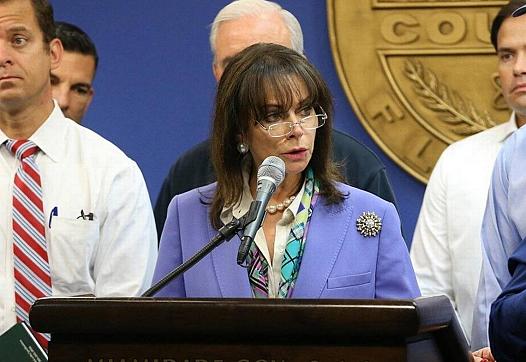
Disturbed by stories about the rape and beatings of teens by supervisory staff and fellow detainees, Miami-Dade’s state attorney is asking a grand jury to investigate the Florida juvenile justice system.
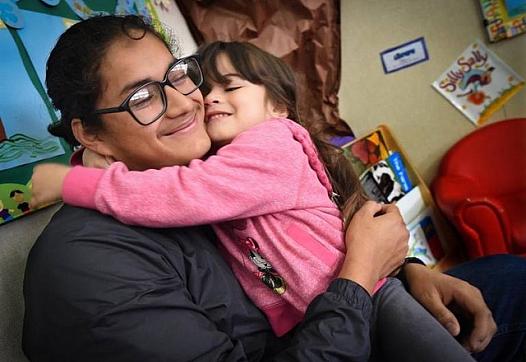
"The community engagement process pushed me out of my reporting comfort zone, and not only led to new sources but strengthened the relationships I had with previous sources," writes Fresno Bee reporter Mackenzie Mays.
The closure was a big blow for Warren County, an area of the state considered a primary care desert, where doctors are few and patients are often forced to go without health care.